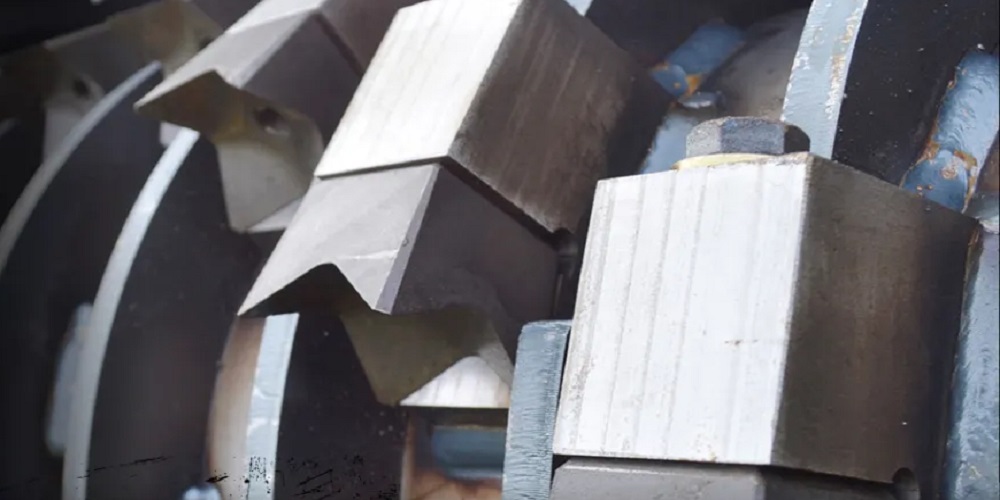Forestry mowers are essential equipment for clearing land and maintaining forests. These machines’ mulcher teeth ground trees, branches, and other vegetation into tiny pieces. The teeth of the mulcher significantly influence the effectiveness of the forestry mower for sale. You’ll learn the making of mulcher teeth in more detail in this article.
Design and Material Selection
Designing teeth for mulchers to meet specific specifications is the first step in the manufacturing process. The design should consider elements like the forestry mower’s size and the desired output size. The selection of materials comes after the design is finished.
Mulcher teeth are made of materials resistant to wear and can withstand the demanding conditions encountered in the forestry sector. Diamond coating, tungsten carbide, and high-carbon steel are the most frequently utilized materials. High-carbon steel is a common choice because of its high tensile strength and toughness. Due to its hardness and resistance to wear, tungsten carbide is another frequently used material. The teeth’ wear resistance increases, and friction decreases using the diamond coating.
Manufacturing Process
Different manufacturing techniques are used to create mulcher teeth depending on the material used. An overview of each material’s manufacturing process is provided below.
High-Carbon Steel
High-carbon steel teeth are produced through cutting, forging, heat treating, and machining. The steel is first cut to the required size and shape. The steel will then be forged to increase its strength and toughness. After that, the steel is heat-treated to make it harder and more resistant to abrasion. The teeth are shaped and sharpened during the final step of machining.
Tungsten Carbide
The process of making tungsten carbide teeth is known as powder metallurgy. Tungsten carbide powder is combined with a binder substance, such as cobalt, to create a paste. The paste is then applied to a mold and heated during sintering to form a solid object. After that, the solid piece is machined to the required size and shape.
Diamond Coating
Creating diamond-coated teeth entails coating the substrate with a layer of diamond. High-carbon steel or tungsten carbide are two possible materials for the substrate. Chemical vapor deposition, a process, is used to apply the diamond layer (CVD). This procedure involves introducing a mixture of gases into a chamber, where they react and cover the substrate with a diamond layer. The substrate with diamond coating is then cut and shaped to the required dimensions.
Quality Control
The manufacturing process for mulcher teeth must include quality control. The teeth must adhere to strict requirements for durability, wear resistance, and hardness. Choosing high-quality materials is the first step in quality control, which continues throughout manufacturing. Every step of the manufacturing process involves checking the teeth to ensure they adhere to the required standards.
Conclusion
In conclusion, mulcher teeth are an essential part of the upkeep and land-clearing processes in the forestry sector. The condition of the mulcher teeth has a significant impact on the efficiency of forestry mowers. Therefore, it is crucial to consider the mulcher teeth’ design and material choice. The most popular materials are high-carbon steel, tungsten carbide, and diamond coating because of their wear resistance, toughness, and hardness. Quality control is a crucial part of the manufacturing process, which varies depending on the material used. Forestry mowers can function effectively, aiding in maintaining and preserving our forests for future generations.

